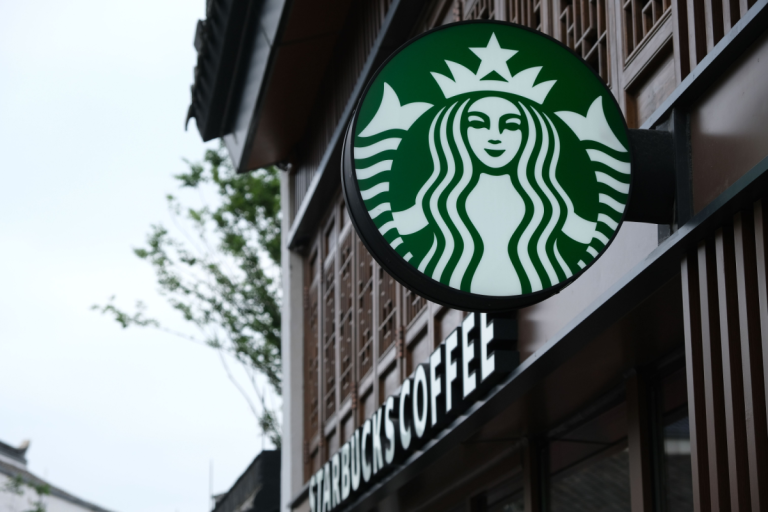Global Sales Rise 1% as U.S. Market Stabilizes
Starbucks reported on Wednesday that its same-store sales have returned to growth for the first time in nearly two years, signaling early success in CEO Brian Niccol’s turnaround strategy. Global same-store sales rose 1% during the quarter ended September 28, driven by stronger international demand, while U.S. sales were flat but turned positive in September.
Wall Street had expected declines of 0.3% globally and 0.9% in the United States, making the results a welcome surprise for investors. Shares of Starbucks climbed 2% in extended trading following the announcement. “We’re a year into our ‘Back to Starbucks’ strategy, and it’s clear that our turnaround is taking hold,” Niccol said.
Quarterly Results Beat Expectations
For the fiscal fourth quarter, Starbucks reported:
- Earnings per share: 52 cents adjusted vs. 56 cents expected
- Revenue: $9.57 billion vs. $9.35 billion expected
Net income attributable to Starbucks was $133.1 million, or 12 cents per share, down sharply from $909.3 million, or 80 cents per share, a year earlier. The company said profit was weighed down by restructuring costs, litigation settlements, and other one-time charges.
Excluding these items, adjusted earnings per share stood at 52 cents. During the quarter, Starbucks closed 627 locations and laid off approximately 900 nonretail employees as part of a restructuring effort aimed at streamlining operations and improving profitability.
Restructuring and Investment in Labor
Starbucks has undertaken a major internal overhaul to cut costs and improve efficiency while also reinvesting in its workforce. The company added assistant store managers to many North American cafes, a move that temporarily increased labor expenses but is expected to improve service times and customer satisfaction in the long term.
Overall net sales rose 5% to $9.57 billion. Niccol has focused on cutting service times to under four minutes and enhancing the in-store experience to attract lapsed customers. Marketing efforts have shifted from limited-time promotions to emphasizing Starbucks’ core coffee offerings and innovations such as protein-packed cold foam drinks.
International Growth and China Strategy
Outside the United States, same-store sales rose 3%, driven by a 6% increase in customer traffic. In China, the company’s second-largest market, same-store sales increased 2% as traffic surged 9%. Facing growing competition from local chains offering cheaper beverages, Starbucks has reduced prices on many iced drinks to win back customers.
Starbucks is also exploring the possibility of selling a stake in its China business after years of uneven performance in the market. Niccol told CNBC that the company values its China operations at over $10 billion, reflecting continued optimism about long-term potential despite current challenges.
Outlook: Steady Progress Amid Restructuring
The latest results suggest that Starbucks’ recovery strategy is beginning to show results, even as higher labor costs and restructuring expenses weigh on margins. Analysts expect continued improvement in sales as the company refines its operations and strengthens its global presence.
With traffic improving internationally and stabilization in the U.S., Starbucks appears to be regaining momentum after nearly two years of sluggish growth. Investors and analysts will be watching closely in the coming quarters to see whether the coffee giant can sustain its turnaround and expand profitability through 2026.


